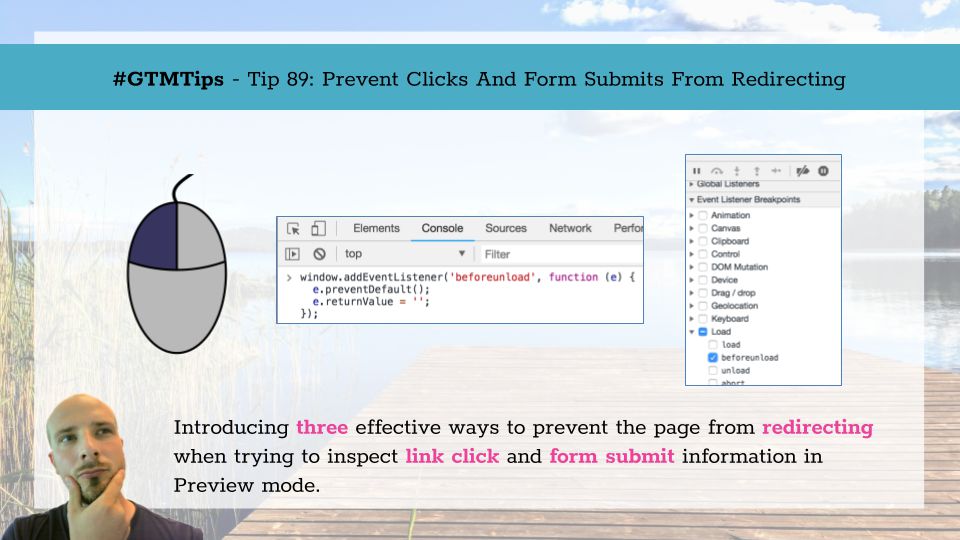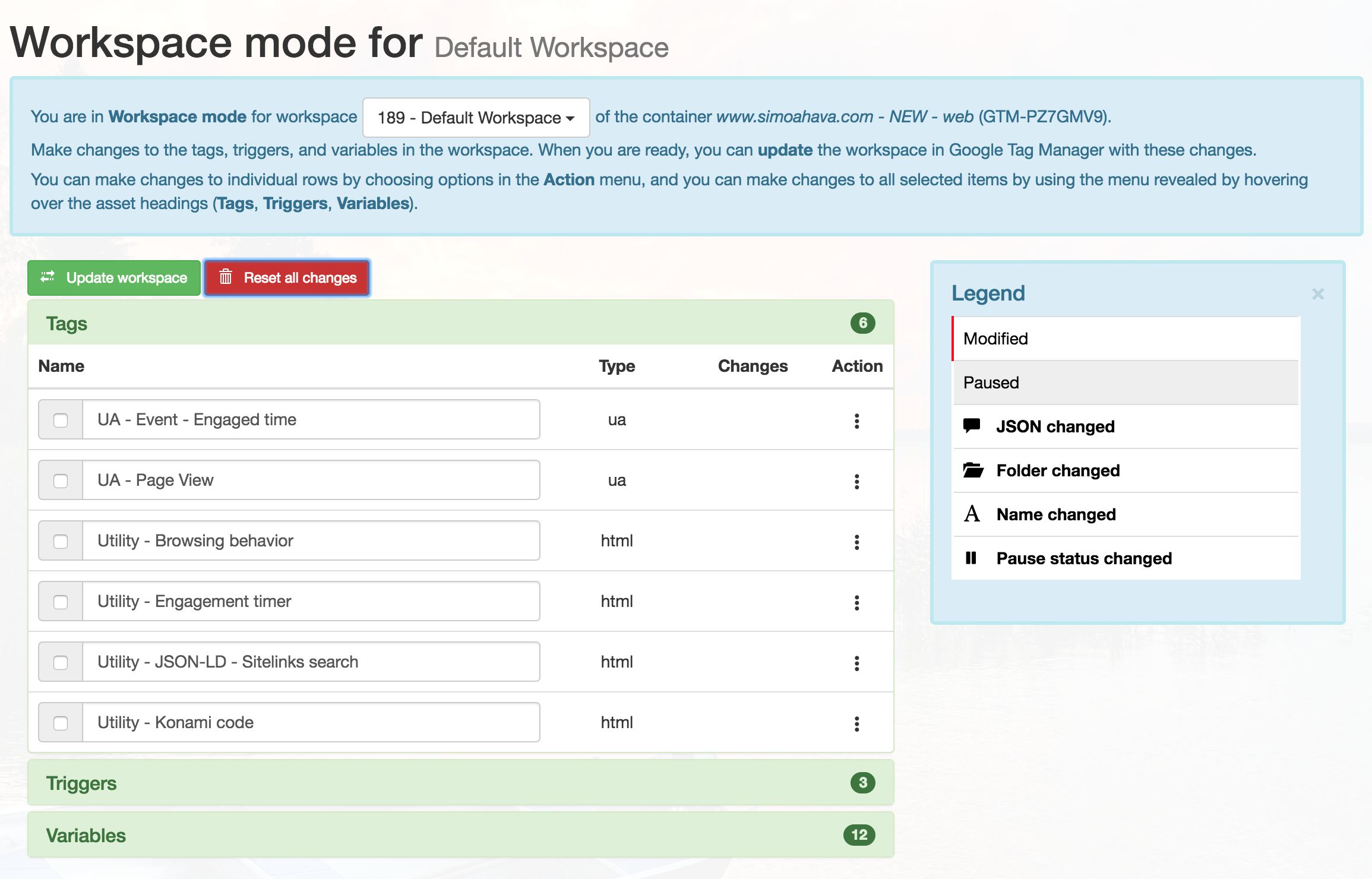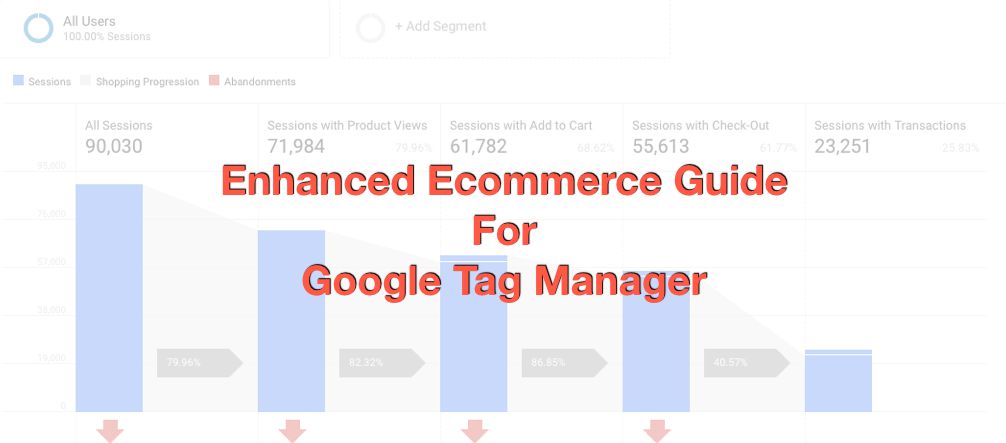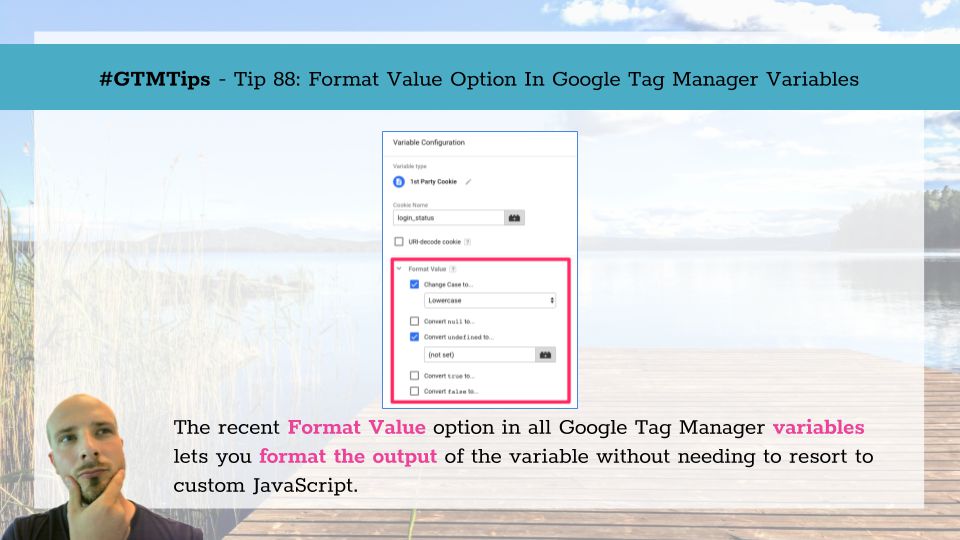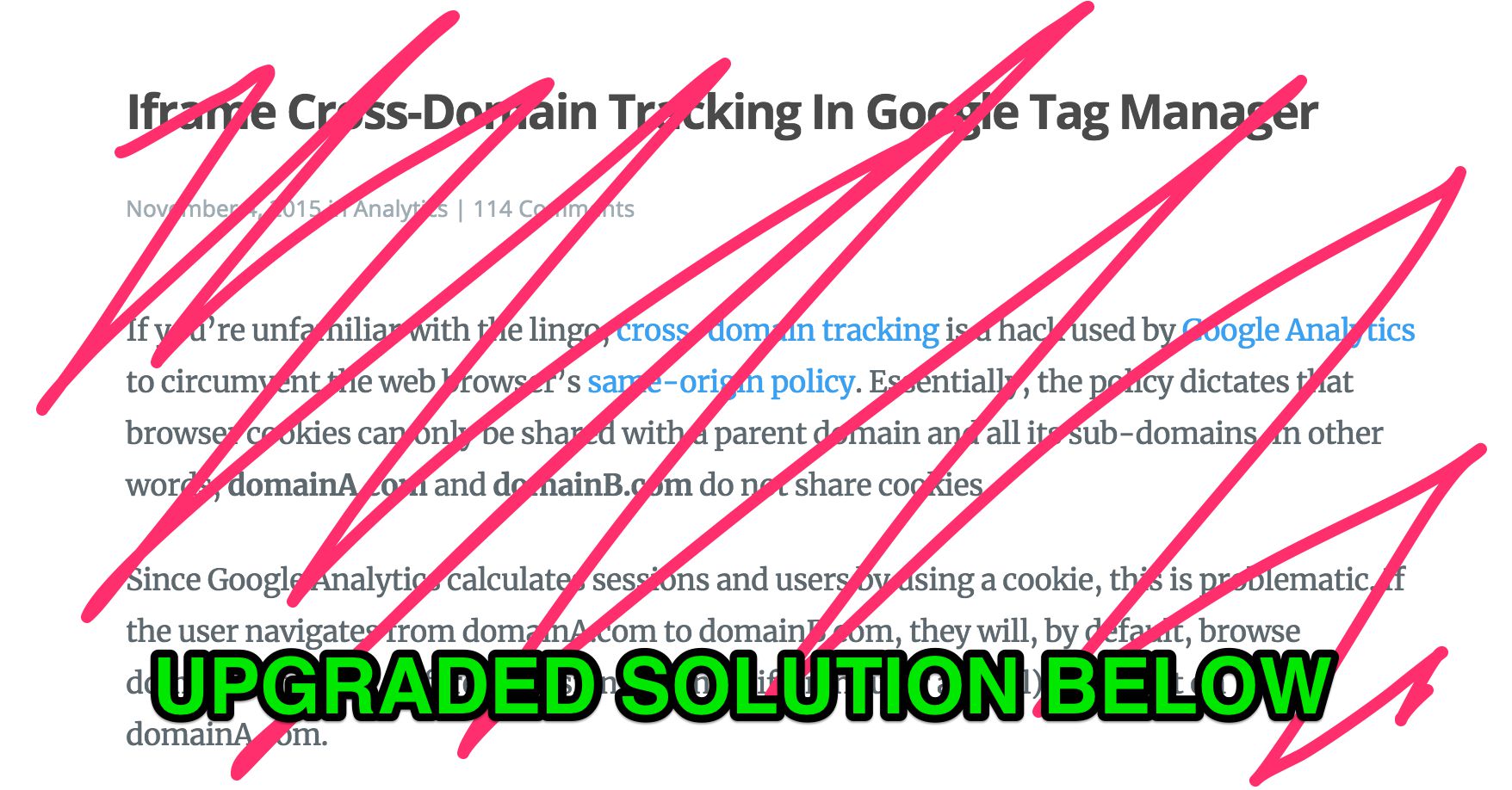Over 5 years ago, I wrote an article titled Track Adjusted Bounce Rate In Universal Analytics. It basically explored a number of different methods to tweak the Bounce Rate metric so that it becomes more meaningful in your Google Analytics reports.
Now, writing that article wasn’t necessarily my proudest moment. It’s not because the solution was poor, but rather because I was suggesting it makes sense to tweak a metric. The concept of “adjusted Bounce Rate” sounds like the analyst is fixing a metric to be more beneficial to their cause, rather than fixing the business problem that caused the metric to be poor in the first place.

